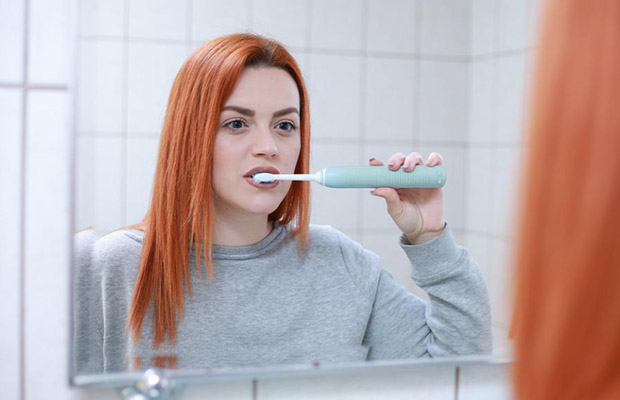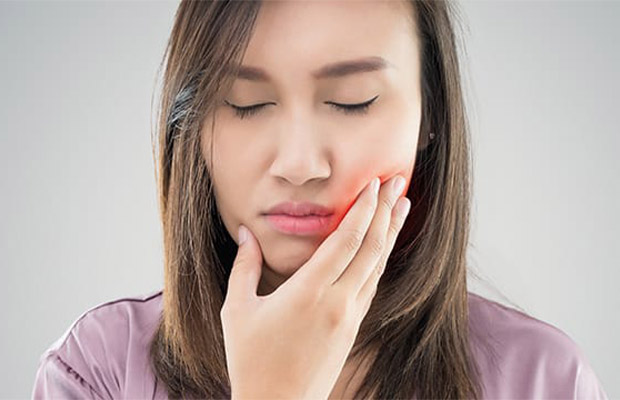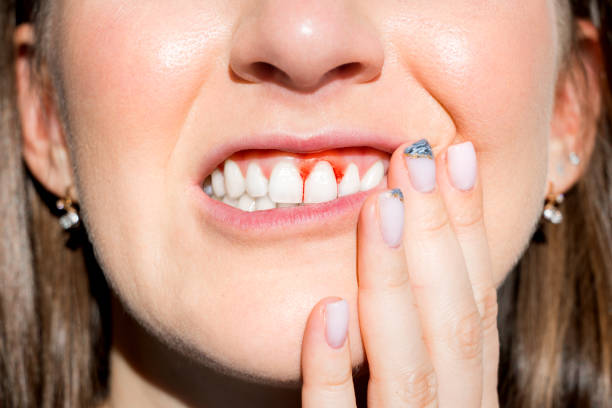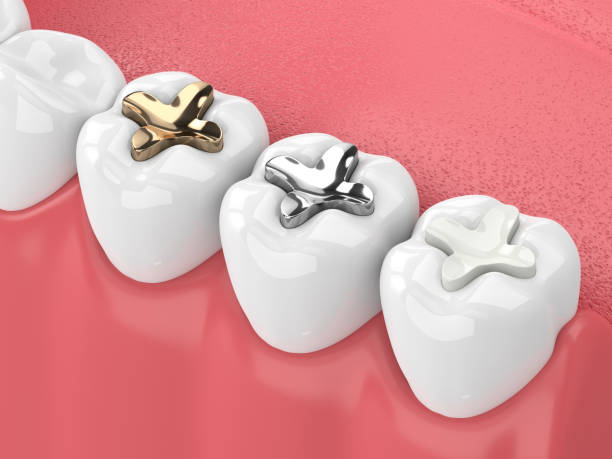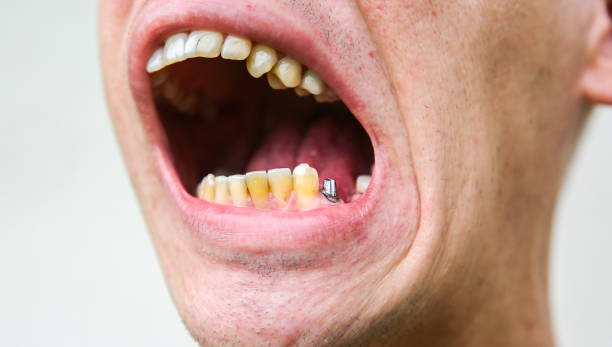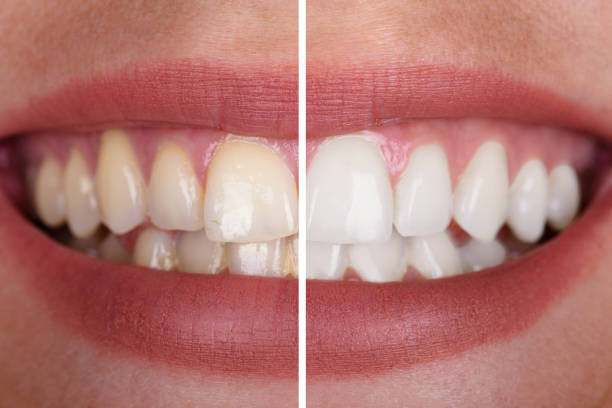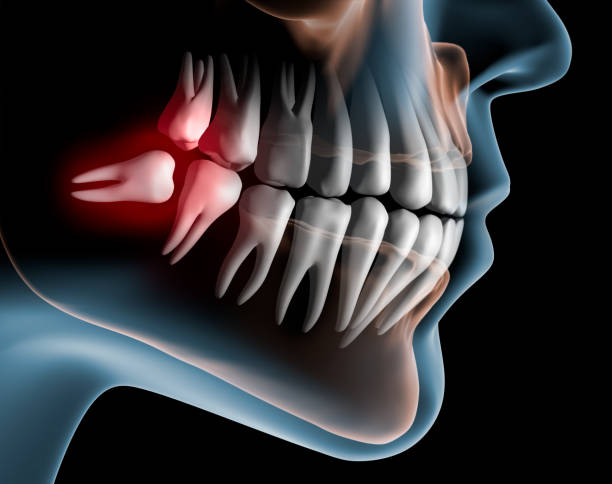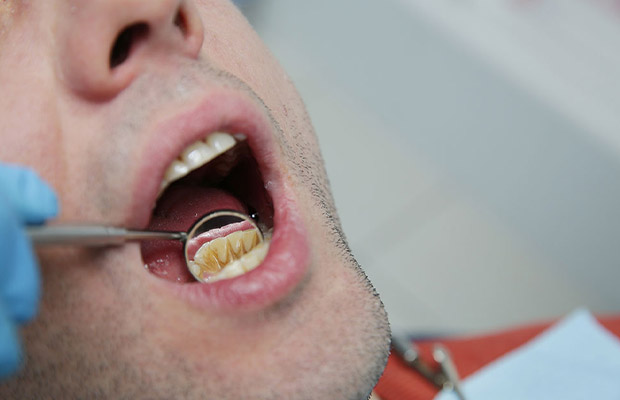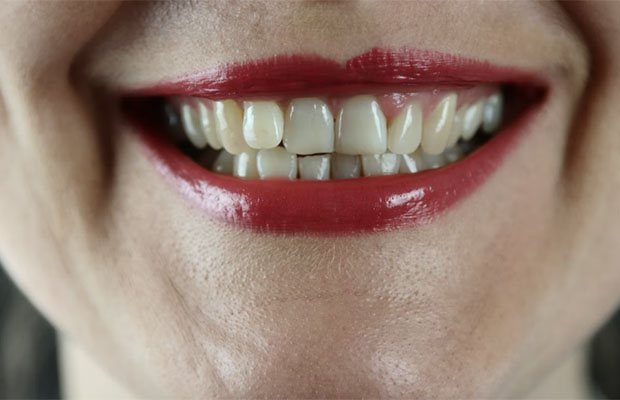Have you heard of black tartar? Your teeth may contain a combination of other substances that could give them a yellow or gray tint if they are not properly brushed. Plaque accumulation is what causes the shades; if not removed promptly, it turns into tartar, a more complicated substance.
Your teeth may have a number of different causes if you notice a dark shade on them. It might be a symptom of an underlying dental condition. Medication, such as liquid iron supplements, may also be to blame.
Read on to learn the causes of black tartar and how to get rid of it.
Table of Contents
Causes For Black Tartar
Failure to practice good oral hygiene is the main cause of tartar. If the tartar has turned black or extended below the gum line, poor brushing or flossing practices are probably to blame. Other elements that could result in the development of black tartar include:
- Smoking – The use of tobacco products, such as smoking, causes tartar to turn black and increases the risk of gum diseases.
- High intake of sugar and starch – Tartar develops as a result of acid buildup brought on by foods and drinks that are sugary and starchy. Consuming dark beverages like red wine or coffee may cause the tartar to turn a darker shade of black.
- Damage or some trauma to the enamel – Your teeth’s enamel, which is the outer layer, guards against damage and decay. Tartar may appear darker or black if this layer is damaged.
- Subgingival tartar – Tartar that is below the gum line is referred to as subgingival tartar. Since the tartar there can mix with blood from injured or sensitive gums, it often takes on a black appearance. This is a sign of serious gum disease.
Symptoms Of Black Tartar
Black tartar can be identified by:
- Bad breath
- Dark staining on the surface of the teeth
- Loose teeth
- Hard deposits on the teeth
- Red, swollen, or bleeding gums
If you have gum problems and black tartar on your teeth, this might be an indication that you have gum disease. If gum disease is still in its early stages, rinsing with a fluoride mouthwash can help reverse the condition and maintain healthy gums.
What Health Risks Or Issues Can Tartar Cause?
An interesting finding from a 2019 analysis of 13 studies is that the mere existence of extrinsic black stains does not appear to be associated with a higher incidence of dental cavities. In fact, the researchers discovered that those individuals appear to experience fewer cavities than those without those black stains.
But that doesn’t mean you should disregard any tooth stains that are dark in color. Consult a dentist to learn more about the stains’ possible causes and whether any action is necessary.
Tartar can accumulate and eventually increase your risk of developing tooth decay, putting your teeth and gums at risk. For this reason, you also shouldn’t ignore it. It gathers along your gumline and can irritate your gums, leading to a type of inflammation known as gingivitis.
The gum disease periodontitis can develop from gingivitis if it is not treated.
Your teeth could start to feel loose and your gums could start to pull away from them. There may be bleeding or pain. When you have severe periodontitis, you may feel a lot of pain, especially when chewing, and you might even lose a tooth.
Periodontitis carries additional health risks that extend beyond oral health, including an increased risk for:
- Diabetes
- Respiratory disease
- Heart disease
How To Remove Black Tartar From Teeth?
You cannot remove tartar on your own. The best course of action is to visit your dentist if you want to remove black tartar. To assist you in getting rid of it, he or she will start a teeth-cleaning procedure. Scaling or root planning is a step in the cleaning process that involves scraping or removing the black plaque from teeth both above and below the gum line.
If there’s anything I can do to stop it, that’s probably what you’re wondering.” Yes, you can, because prevention is always preferable to cure, and we’re here to assist you. The majority of the time, inadequate brushing or flossing results in tartar buildup. To prevent this, consider the following advice:
- Brush twice a day: If you want to stop the accumulation of black plaque on your teeth, you must do this. Use a soft-bristled toothbrush, like the Oral-B electric toothbrush, twice daily to brush your teeth. Brushing after every meal is advised if you are prone to tooth decay or excessive plaque formation. To prevent decay, use fluoride-containing tartar-control toothpaste.
- Floss well: After brushing your teeth twice a day, floss to get rid of all the plaque that is hidden and the minuscule food particles that could later lead to decay and tartar. Use floss strips that are plain and waxed so they can slide easily between teeth without causing harm.
- eschew tobacco products: If you want to avoid black tartar, you must completely avoid tobacco products. Products like cigarettes, pipes, and similar items can “stain” teeth and cause tartar buildup on the surface or near the gum line. The same is true for drinking beverages like tea, coffee, or wine.
- Visit the dentist: Ideally, you should visit the dentist every six months. You can avoid tartar and other tooth and gum diseases with routine teeth cleaning and advice from a dental care professional.
To prevent developing black tartar on your teeth, follow these steps. Maintaining a good oral hygiene routine and scheduling regular dental visits are crucial. To remove plaque effectively and stop it from turning into black tartar, it is also essential to use top-quality dental products, such as Oral-B electric toothbrushes.
How To Prevent Tartar On Your Teeth?
Tartar is the result of plaque, so keep that in mind. You must pay attention to the plaque if you want to stop tartar from forming on your teeth.
The following are some suggestions made by the American Dental Association:
- You should brush your teeth twice daily. Brush your teeth for two minutes with fluoridated toothpaste in the morning if you don’t do anything else. Then, make time later in the day or evening for a reprise.
- Floss daily. Each day, floss each tooth. The ADA also endorses a dental pick or water flosser. It removes any food that may have become stuck between your teeth and aids in removing any plaque that may have developed there.
- Limit your intake of sweet snacks and drinks. Plaque and tooth decay are both caused by the bacteria in your mouth feasting on the sugars from the foods and beverages you consume.
- For checkups, visit a dentist. Avoid skipping your routine dental checkups and cleanings, which should be done every six months.
If you have any habits that could cause your teeth to become stained, you might want to reduce or stop doing them. It can be challenging to stop smoking, but a doctor can assist you in coming up with a plan that is effective for you.
Conclusion
No one wants a discolored smile. However, having tartar on your teeth can give you just that. Plaque, a colorless, soft coating on the surface of the teeth caused by bacteria along the gumline and improper brushing and flossing, can develop.
In addition to destroying your oral health, black tartar also ruins your appearance. Black tartar on teeth makes a very bad first impression because it is one of the first few things people notice when you smile. Therefore, it is best to self-examine every day and to have your teeth cleaned twice a year.

